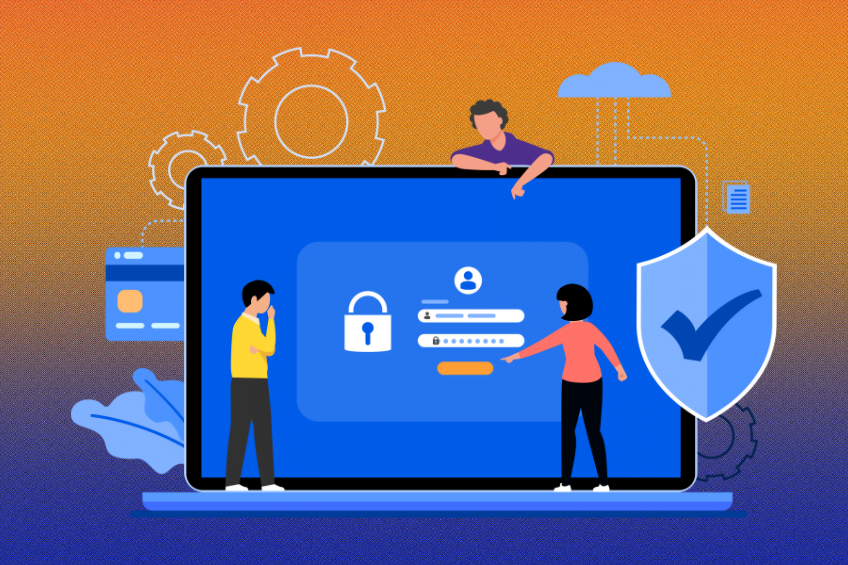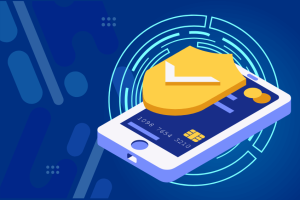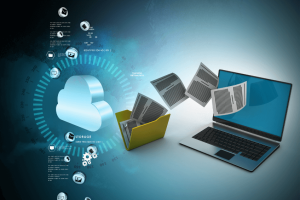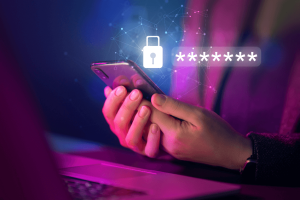Email has always been an accessible, quick and essential tool for personal and professional communication. It is used for different purposes but despite its benefits, there are also drawbacks of using it. It can pose risks such as virus, spam, storage and security issues. To prevent such threats and make sure our email data remains confidential, it would be best to consider email encryption as part of securing and keeping our data safe.
What is Email Encryption?
Email encryption disguises original content and turns it into a secret code that only the sender and recipient can have access to. It is an important practice to protect the confidentiality and privacy of your communications. When you send an email, it usually travels through various servers and networks before reaching the recipient. During this journey, the email could be intercepted and read by malicious entities. Encryption ensures that the content of the email is encoded and can only be deciphered by the intended recipient.
How Encrypting Your Email Works?
Here are the common methods for encrypting email:
TLS is a widely used encryption protocol that ensures secure communication between email servers. When both the sender’s and recipient’s email servers support TLS, the email communication is automatically encrypted during transit. Most major email providers use TLS by default.
While TLS encrypts the email during transit between servers, end-to-end encryption ensures that only the intended recipient can decrypt and read the email. This method prevents even the email service provider from accessing the content of the email. Popular end-to-end encryption methods include PGP (Pretty Good Privacy) and S/MIME (Secure/Multipurpose Internet Mail Extensions).
- PGP (Pretty Good Privacy): PGP is a widely used method for end-to-end encryption. It uses a combination of public and private keys. The sender uses the recipient’s public key to encrypt the email, and the recipient uses their private key to decrypt it.
- S/MIME (Secure/Multipurpose Internet Mail Extensions): S/MIME also uses a combination of public and private keys. In this method, the recipient’s public key is included in the email as an attachment (usually in a certificate). The sender uses this certificate to encrypt the email, and the recipient’s email client uses their private key to decrypt it.
When encrypting emails using end-to-end encryption, it’s important to manage your encryption keys securely. Losing the private key could result in losing access to encrypted emails permanently. Additionally, ensure that the recipients you are communicating with are also using compatible encryption methods to receive and read your encrypted emails successfully. - Encrypted Email Services: Some email providers offer built-in encryption features, making it easier for users to send and receive encrypted emails. Some services typically use end-to-end encryption, ensuring that the content remains encrypted throughout the entire communication process.
Why Use Email Encryption?
Encrypting emails is an essential practice for ensuring the security and privacy of the information transmitted via email. Here are some of the key reasons why email encryption is necessary:
- Confidentiality: Email encryption prevents unauthorized parties from reading the content of your emails. Without encryption, emails can be intercepted or accessed by hackers, governments, or other malicious actors, potentially exposing sensitive and confidential information.
- Integrity Verification: Encryption not only protects the content of the email but also ensures its integrity. In other words, it verifies that the email has not been altered or tampered with during transmission.
- Data Protection and Compliance: In many industries and regions, there are legal requirements and regulations (e.g., GDPR in Europe, HIPAA in the US) that mandate the protection of sensitive data, including personal information, financial data, and medical records. Email encryption helps organizations comply with these regulations and avoid legal penalties.
- Secure Communication: Email encryption ensures that only the intended recipient can read the message. This is particularly important when exchanging sensitive or confidential information, such as passwords, financial data, or intellectual property.
- Data Protection and Compliance: In many industries and regions, there are legal requirements and regulations (e.g., GDPR in Europe, HIPAA in the US) that mandate the protection of sensitive data, including personal information, financial data, and medical records. Email encryption helps organizations comply with these regulations and avoid legal penalties.
- Trust and Reputation: Encrypting emails can enhance the trust and reputation of individuals and organizations. It shows a commitment to protecting users’ data and respecting their privacy, which can be crucial for businesses and other entities that rely on maintaining trust with their customers or clients.
- Security Attachments: Email encryption also applies to attachments, such as documents and images. Encrypting attachments is particularly important when sharing sensitive files that contain confidential information.
- Protection From Man-in-the-middle Attacks: Encrypting emails helps safeguard against man-in-the-middle attacks, where attackers intercept and alter communication between the sender and the recipient.
Conclusion
Overall, email encryption is a crucial aspect of maintaining online security, safeguarding sensitive information, and protecting individual privacy in an increasingly digital and interconnected world.
One thing to remember. While encrypting emails enhances security, it doesn’t protect against other potential security risks such as phishing or malware attacks. Therefore, it’s crucial to remain vigilant and adopt other cybersecurity best practices alongside email encryption.




